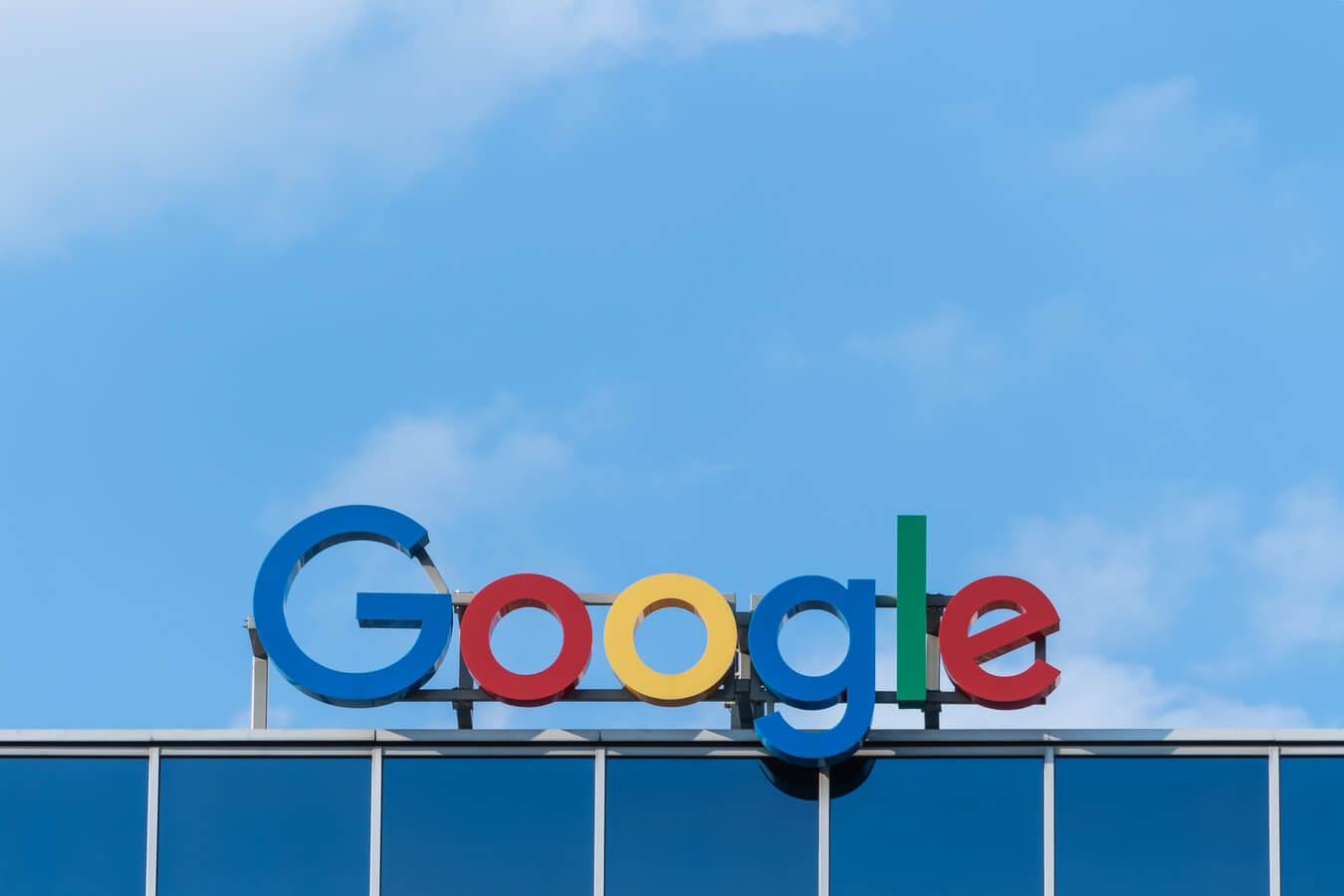Over the past few months, we’ve made significant changes to help businesses reach more consumers and help people find the best products, prices and places to buy online. We made it free for retailers to list products on Google Shopping in the U.S., and we brought these free listings to Search as well.
Today, we’re taking another important step to make it easier for retailers to sell on Google. Soon, sellers who participate in our Buy on Google checkout experience will no longer have to pay us a commission fee. And, we’re giving retailers more choice by opening our platform to third-party providers—starting with PayPal and Shopify.
These changes are about providing all businesses—from small stores to national chains and online marketplaces—the best place to connect with customers, regardless of where a purchase eventually occurs. With more products and stores available for discovery and the option to buy directly on Google or on a retailer’s site, shoppers will have more choice across the board.
Here’s more on what’s new for retailers:
Zero commission fees when customers buy your products on Google
While retailers have several options for driving traffic to their website with free listings or with Shopping ads, many also use Buy on Google to give shoppers a convenient way to purchase something right when they discover it. By removing our commission fees, we’re lowering the cost of doing business and making it even easier for retailers of all sizes to sell directly on Google, starting with a pilot that we’ll expand to all eligible sellers in the U.S. over the coming months. Learn more about the requirements for the pilot and sign up to join the waitlist.
Bring your own third-party providers, starting with PayPal and Shopify
We’ve heard from retailers that they want the ability to choose their preferred services for things like payment processing, inventory, and order management. That’s why we’re opening our platform to more digital commerce providers, beginning with Shopify for inventory and order management and PayPal and Shopify for payment processing. So, if a retailer wants to sell directly on Google, they can get started even faster and continue using the tools and services that already work for their business. Or, if they’re new to selling online, they’ll be able to choose from multiple options when they sign up in our Merchant Center.
Import your inventory with just a few clicks
To simplify our tools and make them more compatible with merchants’ existing processes, we’re enabling commonly-used product feed formats. This means retailers can connect their inventory to sell directly on Google without having to reformat their data. We’re also adding a new option to let retailers add product information (like images or technical specs) by pulling from our existing database rather than having to upload it themselves.
More products, more sellers, more choice
As we’ve made it easier for a broader set of retailers to sell on Google this year, we’re also seeing a significant increase in demand to buy from and support small businesses. To help people discover these smaller merchants, we also plan to add a new small business filter on the Google Shopping tab and will continue adding features to help small businesses participate in online commerce.
Everything we’re announcing today will roll out first in the U.S., and we’re looking toward international launches later this year and in 2021. While we still have much work ahead of us, our goal is to make digital commerce more accessible for retailers of all sizes all around the world, giving consumers more choice and more ways to find the best products, stores, and prices.
